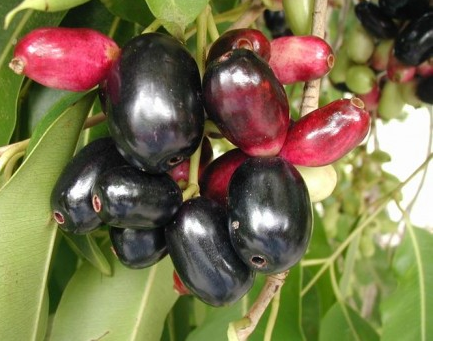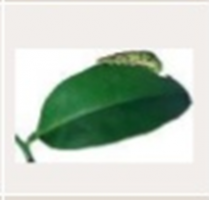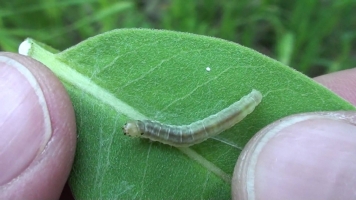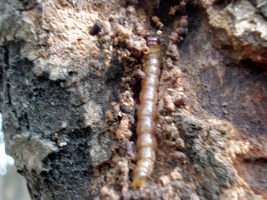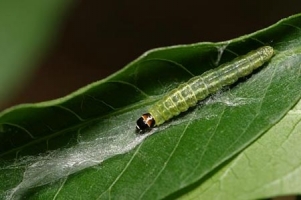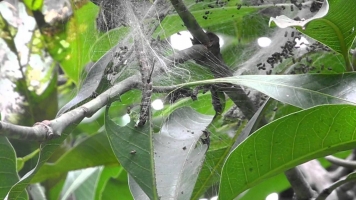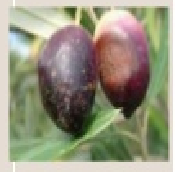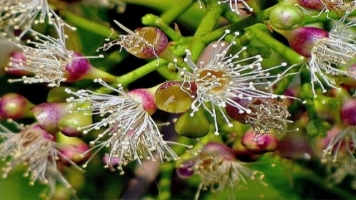Rie Jamun: It is a dominating variety which is grown normally in northern region of India. The variety mainly ripens in the month of June – July. The fruits are large having 2.5-3.5cm average length and 1.5-2m of diameter. The fruits are dark violet or black blue in color. The fruit contains sweet and juicy flesh. The size of stone is very small.
Other state varieties:
Badama: The variety contains large and extremely juicy fruits.
Kaatha: The variety contains small and acidic fruits.
Jathi: The fruits of this variety mainly ripen in month of May-June.
Ashada: The fruits of this variety mainly ripen in month of June-July.
Bhado: The fruits of this variety mainly ripen in month of August.
Ra-Jamun: The variety contains large and juicy fruit which are purple in color and have small seeds.
The varieties given below are developed by KVKs, ICAR and state agricultural universities.
Narendra Jamun 6: Developed by Narendra Dev University of Agriculture and Technology, Faizabad, U.P.
Rajendra Jamun 1: Developed by Bihar Agricultural College of Bhagalpur, Bihar.
Konkan Bahadoli: Developed by Regional Fruit Research Station of Vengurla, Maharashtra.
Goma Priyanka: Developed by Central Horticultural Experiment Station (CHES) of Godhra, Gujarat.
CISH J-42: The variety bears seedless fruits. It is developed by Central Institute for Subtropical Horticulture (CISH) of Lucknow, U.P.
CISH J-37: Developed by Central Institute for Subtropical Horticulture (CISH) of Lucknow, U.P.

